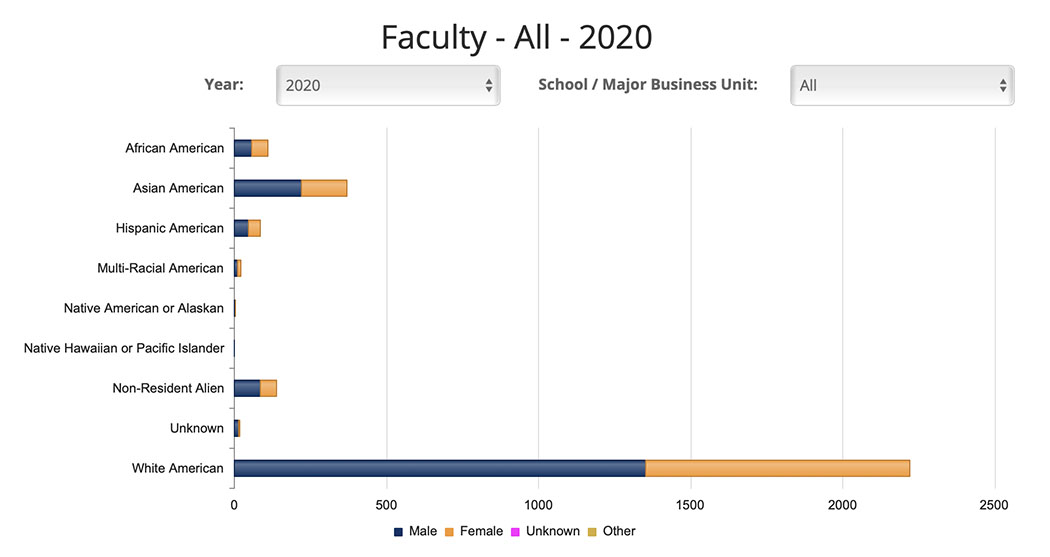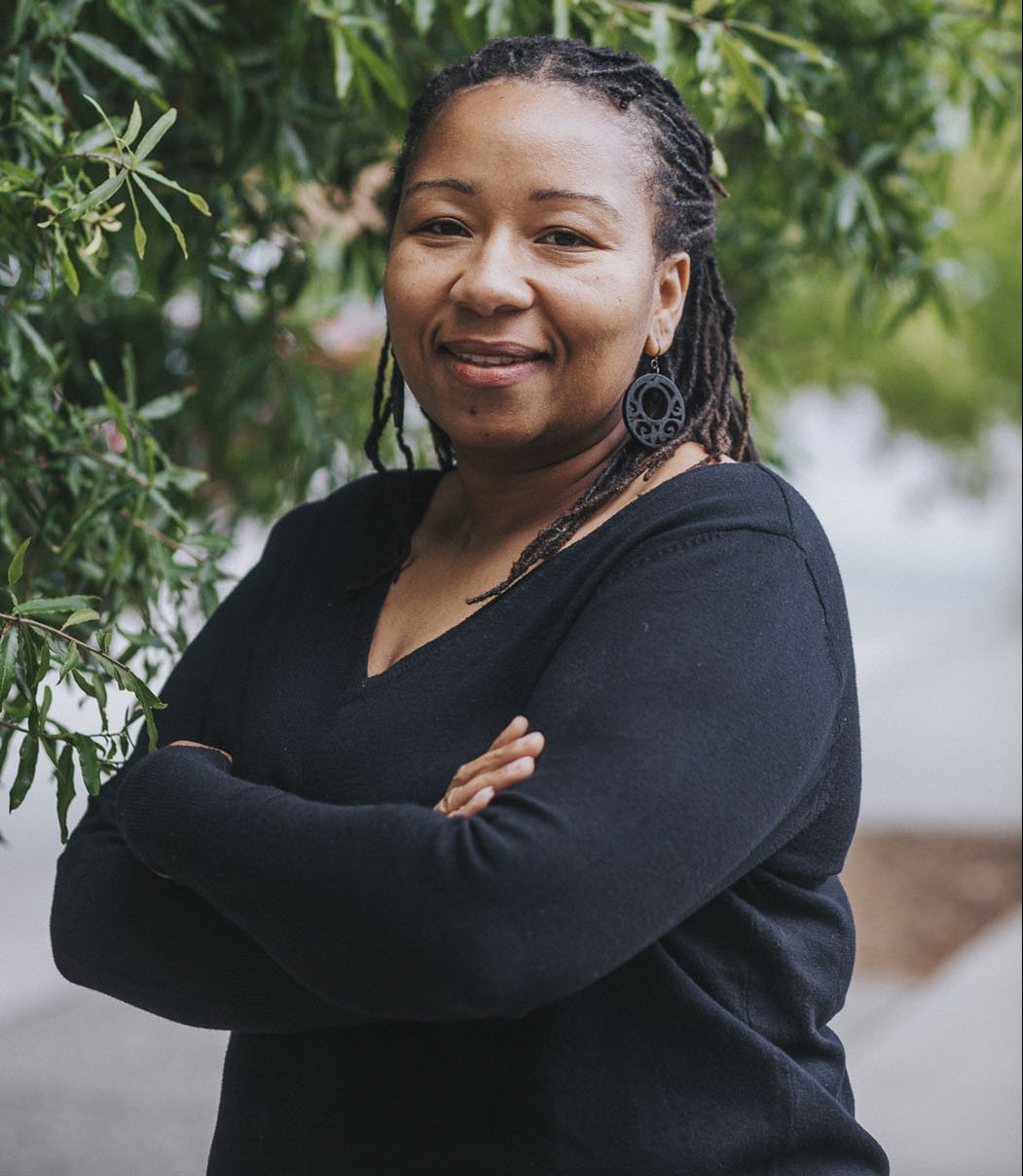By Alana Bittner
As we fumble our way back to normal, Edwin Roa has a suggestion for reconnecting with other humans and gaining a new understanding of each other: social dancing.
Roa says social dance can cure everything from partisanship and close-mindedness to existential crises. We are “at the risk of being so logical, we are losing our own humanity,” he warns. “We all come from different backgrounds, but we all desire the same thing: to be understood. You and I don’t have to agree, but we can have a dialogue. And that dialogue is the dance.”
In the 1990s, Roa moved from Bogotá, Colombia, to Charlottesville to work in textile design. Dance was not part of the plan. But on a whim, he started taking classes. That soon turned into teaching dance, and before he knew it, his career path had changed entirely. Today, he’s the face of Zabor Dance, The Dance Spot, and The Charlottesville Salsa Club.
For Roa, what makes social dance special is the social part. “We are meant to be around people, we are meant to communicate,” he says. For 20 years, The Charlottesville Salsa Club has provided just that: a place for people from all over Charlottesville to come together, put aside their differences, and dance.
When the pandemic hit, Roa was faced with a question: What do you do when your life’s passion “becomes a superspreader?” He was not alone. The pandemic has forced social dancers around the globe to rethink how to do what they love.
Anya Faruque and Tim Wegert are the couple behind Charlottesville’s zouk community. Zouk, a smooth, wave-like partner dance from Brazil, first enchanted Faruque and Wegert a couple years ago, leading them to offer classes and socials north of town.
Charlottesville’s dance scene is small, which means it’s also close-knit, and Faruque learned to dance at Zabor Dance. After only a few classes, she jumped into salsa parties. “My little confident self at the time was like, ‘I don’t need a class, I’ll just follow!” she laughs. It was at one of those parties that she met Wegert. “I don’t even think I asked his name, I just danced with him,” she remembers. Six years later, they teach zouk classes all over the world.
In March 2020, they had just returned from teaching in Quebec, finished a zouk intensive in California, and were about to drive to a dance congress in Virginia Beach. Then everything shut down.
The reality sank in slowly. “At first, I thought it would last maybe a couple weeks,” says Faruque. “Then this event is canceled, that one’s canceled, this is postponed…once consistent things kept canceling, we realized that this would be a while.”
This new reality put Roa into panic mode. “I got really scared because my whole business depends on group classes,” he says. For the first few months, things were rough. He even considered changing his career path entirely, picturing himself working at Target or The Home Depot.
But to his “absolute surprise,” a shift occurred. “About four months into it, people were getting cabin fever,” Roa says. “So they were reaching out to me, seeing if I was willing to do private classes. I needed that.” Roa’s business has changed completely. While he originally relied on socials and group classes, he’s now sustained entirely by private lessons.
Other organizations have also revamped their business model. Terry Dean’s Blue Light Ballroom provided area residents with dance classes for years, but the pandemic forced the studio to evolve into a new organization: Charlottesville Ballroom, which adapted quickly to social distancing. An air purification unit was purchased, group classes were capped according to CDC guidelines, and spots were marked on the dance floor to ensure everyone kept a safe distance during class. Unlike pre-COVID classes, there is no partner switching, and dance socials have been moved to Zoom.
Partly because of these measures, Charlottesville Ballroom hasn’t had a single COVID case come from its studio—but socially distanced dancing has its challenges. At its core, dancing is inherently social, and without that connection, it isn’t quite the same.
But the pandemic helped dancers find different ways of connecting. Faruque and Wegert both have careers outside of dance, and didn’t feel pressured to continue teaching classes. That meant that for the first time in a long time, they could focus on their own training. “Both of us were able to grow a lot as dancers, because we actually had consistent time to work on stuff,” says Faruque.
With the coming of summer and rising vaccination rates, the Charlottesville dance community is slowly emerging from hibernation. Roa, Faruque, and others have begun offering outdoor classes and workshops (below). It’s hard to gauge what this will look like next fall or beyond. But for Faruque, the uncertainty brings hopeful optimism. “For me, the world is a playground to explore and I’ll go wherever dance takes me,” she says.
Roa agrees. “The honest truth is that no one knows where the pandemic is going to take us But just like a dance, we’re moving through it. And it will go wherever it needs to go.”
Let’s Dance
Edwin Roa leads Zoirees (45-minute outdoor classes in salsa, bachata,
cha-cha, and tango) at IX every Thursday at 7pm. ixartpark.org.
For more information on what Edwin’s up to, go to www.zabordance.com or email zabordance@gmail.com
Follow Anya Faruque and Tim Wegert on Facebook and Instagram (anya_faruque; tim.allen3) for info on upcoming classes.
Charlottesville Ballroom offers American tango, advanced rumba, line dance, and more. charlottesvilleballroom.com.
Charlottesville Tango on Water Street is not currently offering classes, but is likely to begin outdoor sessions in the next few months. charlottesvilletango.com.
USA Dance Charlottesville has classes in ballroom, Latin, nightclub, and swing. usadancecville.org.
Smooth Sailing Ballroom offers private lessons in a variety of different dance styles. smoothsailingballroom.com
SwingCville are purveyors of fine vintage moves. danceswingcville.org.
Charlottesville Swing Dance
Society is a West Coast swing dance club. cvilleswingdance.com.














